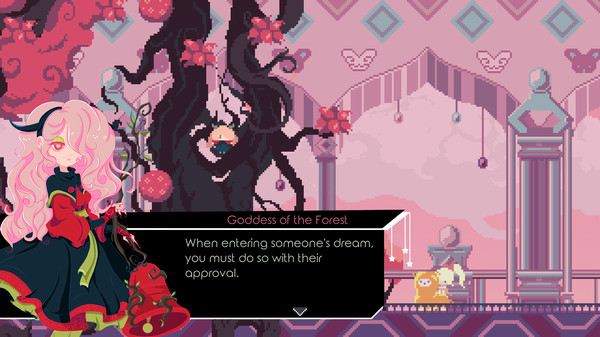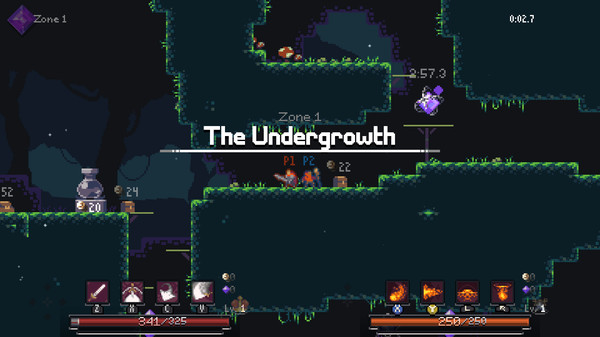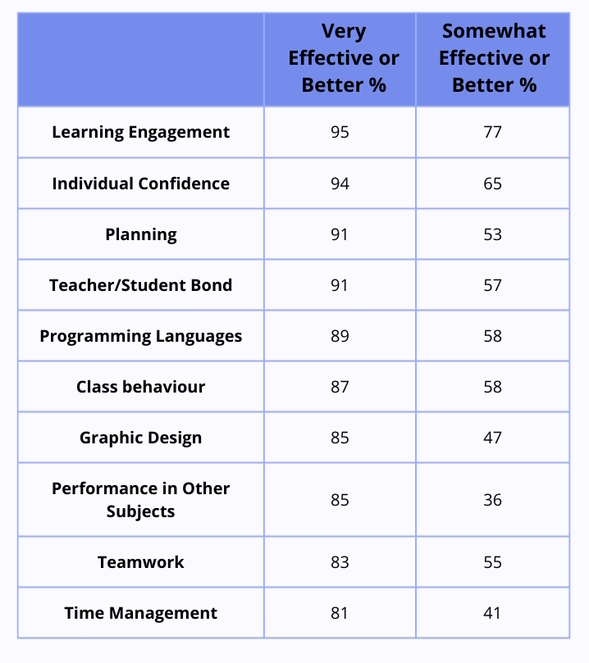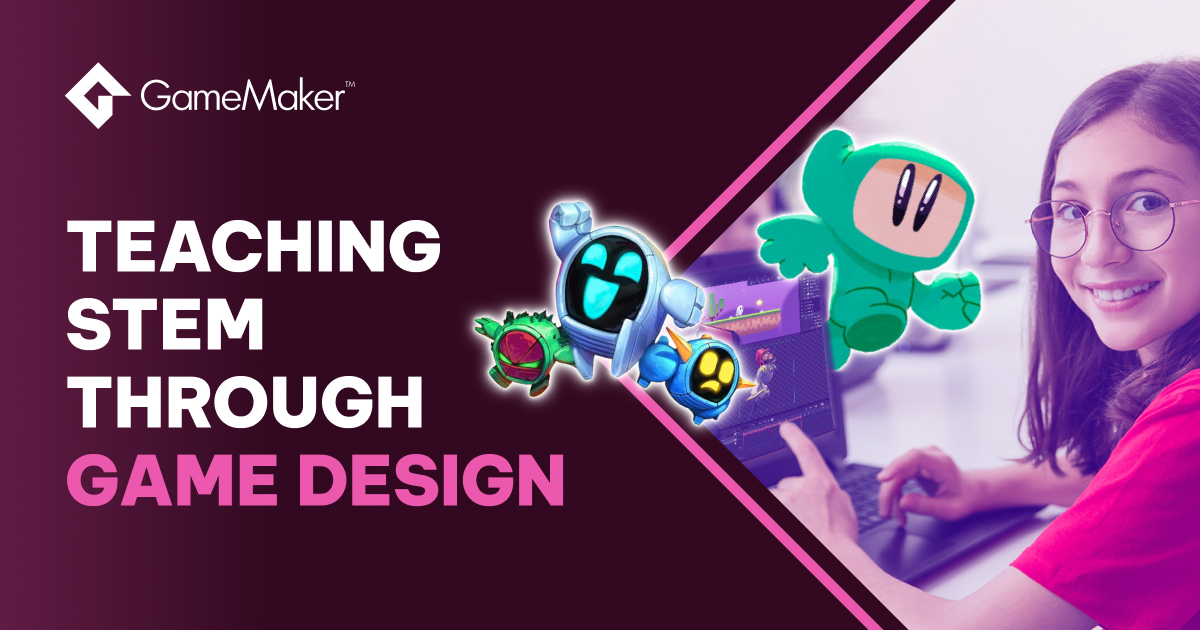It’s been said that the future is not something we enter, but something we create. In a world of 3D printers, carbon capture, anti-aging jabs, and Haiku-writing chatbots, it's clear that our future is being built by STEM professionals.
But we do have a problem: a measly 28% of people who work in STEM careers identify as female. In fact, research suggests that young women take an interest in STEM subjects at age 11, but that nearly all will drop out by age 15.
Educators must address this problem. Not only have studies repeatedly shown the value of diversity in the workplace, but the importance of the next generation of STEM projects demands our best and brightest.
Educators need to find new and exciting ways to make these subjects more accessible for young women. That’s where game development comes in.
What does STEM mean?
The acronym STEM stands for science, technology, engineering, and mathematics. These disciplines are the building blocks of human endeavor: without them, we’d all still be skinning and roasting our own meals over a dry-leaf campfire.
Humanity needs its greatest minds to help steer its future, but right now, millions of women worldwide aren’t being given the platform to thrive in these vital occupations.

Virgo vs The Zodiac, developed by female game developer Nana Moon in GameMaker
What stops women from entering STEM roles?
STEM careers are some of the most rewarding, challenging, and high-paying careers going - so why aren’t there more women in STEM?
Lack of visible role models
Pop quiz! Name three famous modern-day scientists.
Who did you think of? Neil deGrasse Tyson, Bill Nye, Brian Cox? If your list looks similar, you can probably see the problem. In fact, science.org’s 2014 research discovered that of the top 50 most-followed scientists on Twitter, only four were female, with planetary scientist Carolyn Porco ranking highest at number 23.
Visibility is a huge issue for women in STEM. Even if we look back to our days in history class, we’re taught more of Isaac Newton and Thomas Edison than of Marie Curie and Ada Lovelace.
Educational sexism
We all know someone who still thinks pink is for girls and blue is for boys, or that nurses are women and doctors are men. These outdated stereotypes of feminine and masculine disciplines are still bleeding into our education system.
Categorising subjects like science and maths as inherently male isn’t just harmful, it’s a lie. A UNESCO report in 2022 revealed that not only are young girls on par with their male counterparts in mathematics, they’re also performing ‘significantly higher’ in science.
UNESCO’s report suggests that ‘gender biases could still be obstacles to the pursuit of further education in the science, technology, engineering and mathematics (STEM) fields.’
Sexism in the workplace
Even if a young woman does decide to pursue a STEM career, the sexism doesn’t end there. Many of these fields are still an old boys' network, plagued by toxic workplace cultures that hold women back or make them victims of bullying and abuse.
With fewer women in positions of power, female STEM professionals can feel isolated and helpless against a tide of both subtle and overt acts of sexism, and ultimately drop out of the field entirely.

Planetary scientist Carolyn Porco. Image credit: Ruben Diaz Jr., Flickr
How game development can encourage women into STEM
Video games have come a long way since the arcade days. They can be as immersive as a book, as moving as a string quartet, and as dramatic as a movie - sometimes all in one.
By studying game development, students learn how to code and program their games, test them in real time, and manage instant feedback.
The development process teaches them social intelligence, critical thinking, and problem-solving skills; they learn how to work collaboratively, to see failures as opportunities for discovery, and the importance of iterative improvement.
When students are given the freedom to explore their own interests and share their own perspectives, they invest in their learning. When students are invested, they commit to their studies, discover new things about themselves, and ignite new passions.
Voice and choice are at the heart of great games: the autonomy and confidence to express yourself, and the practical knowledge to bring your creations to life. Game development can help students find their voice and the courage to use it.
Do these skills sound familiar?
Better still, 48% of gamers in the USA in 2022 were female, and 38% of all game developers identified as female - a 9% increase from 2021. Girls love games, and they’re loving them more and more with each passing year.

Seals of the Bygone, developed by female game developer Logan Foster in GameMaker
What do teachers say about teaching STEM subjects through game design?
In 2019, 77% of game designer teachers polled by GameMaker said teaching STEM through game development was either ‘extremely effective’ or ‘very effective’ at engaging with students.
A further 64% said the courses were ‘very effective’ or ‘extremely effective’ at improving students’ individual confidence.
We also asked our pool of educators to evaluate the effects that teaching game programming had across 10 different learning objectives. Here are the results:

David Scott, who teaches game design to nine to 16-year-olds, said: ‘Kids don’t approach game development with apprehension. Their enthusiasm to learn is exceptional - they don’t realise they’re learning such a difficult subject because they're fully engaged in their goal.’
In an interview with GameMaker, Kippie’s Katherine Rowlandson explained that: ‘You can have [students] fill in a block of color, paint an eye on it and then make it move about the screen within 20 minutes. That always has a huge effect because students get excited to see something's happening, and knowing they did it.’
‘You train their imagination, creativity, problem solving-skills, and teamwork.’
How GameMaker is supporting educators
GameMaker is committed to helping educators blend game design into STEM curricula through lesson plans, tutorials, and technical support. Our current initiatives include:
- Establishing partnerships to find new, creative solutions for encouraging and retaining girls in the video game industry
- Giving teachers the tools they need to create engaging STEM curriculums
- Providing tools, plans, and digital materials that create inclusive classrooms and workplaces
- Making schools aware of all the career opportunities in games
- Continuing to shine a light on women in the gaming industry.
Check out our Education page for more information on our initiatives and how educators can take advantage of them. From the Education page, you can also download a GameMaker Education license and start teaching your students with GameMaker.


